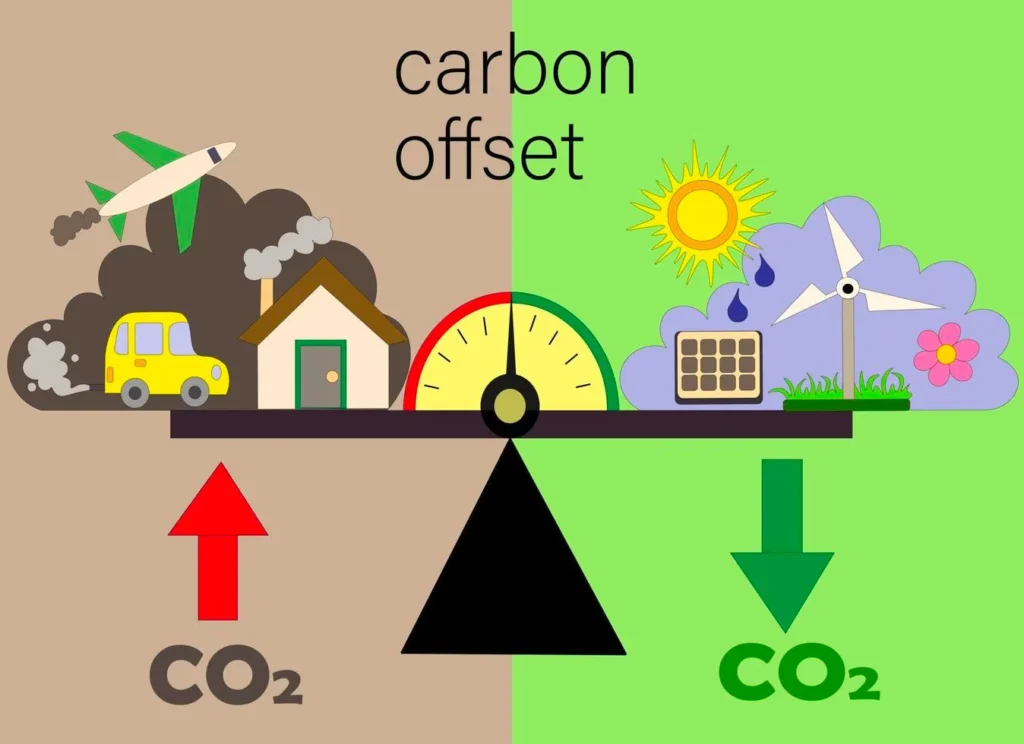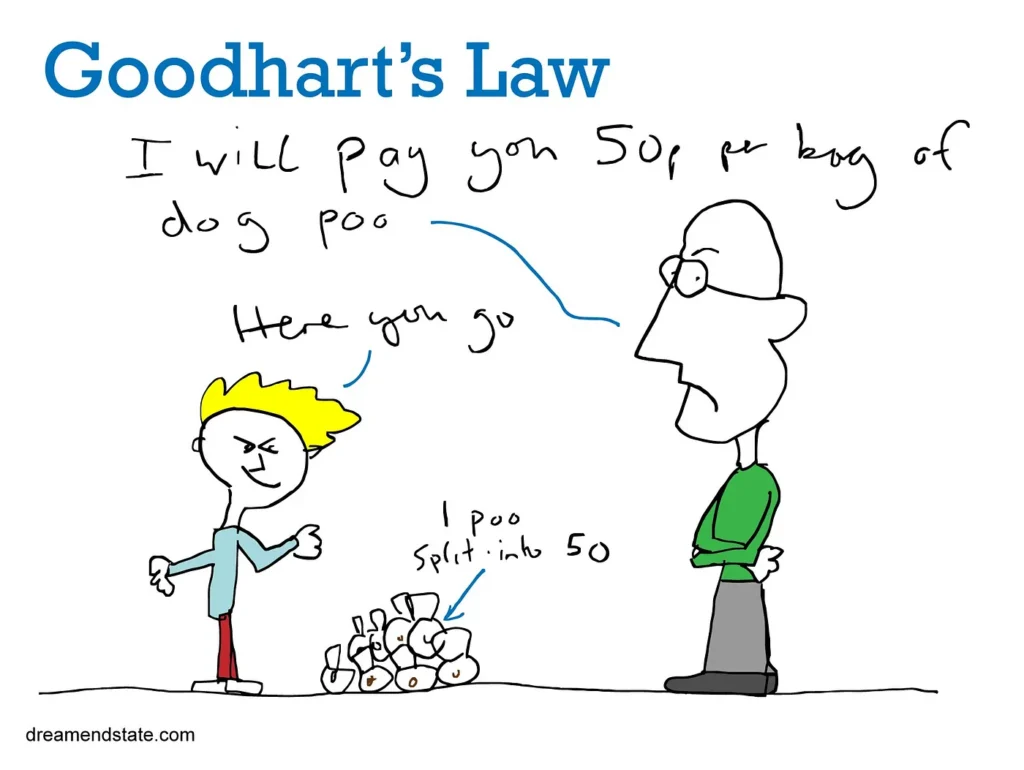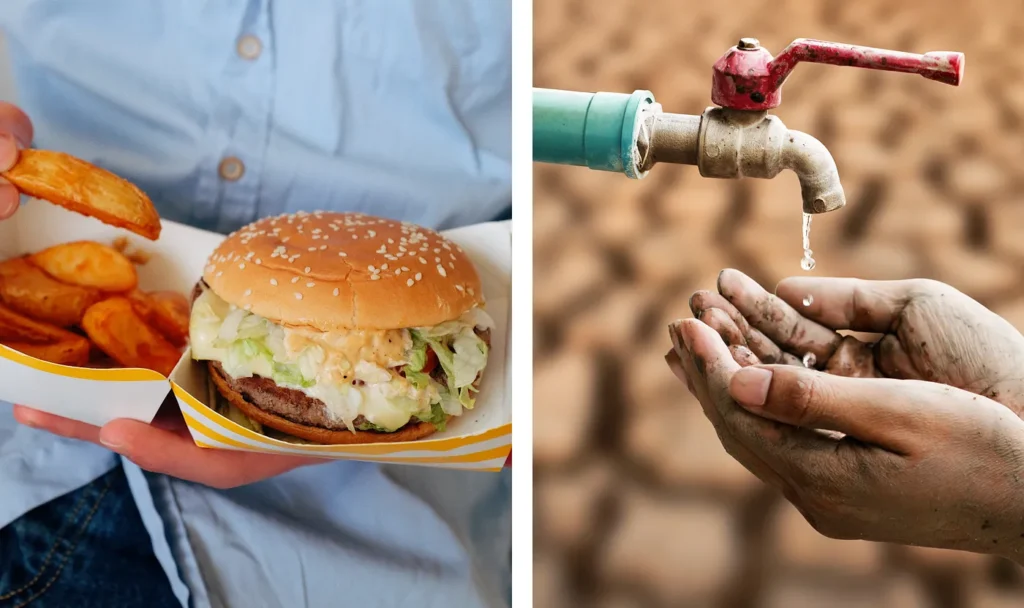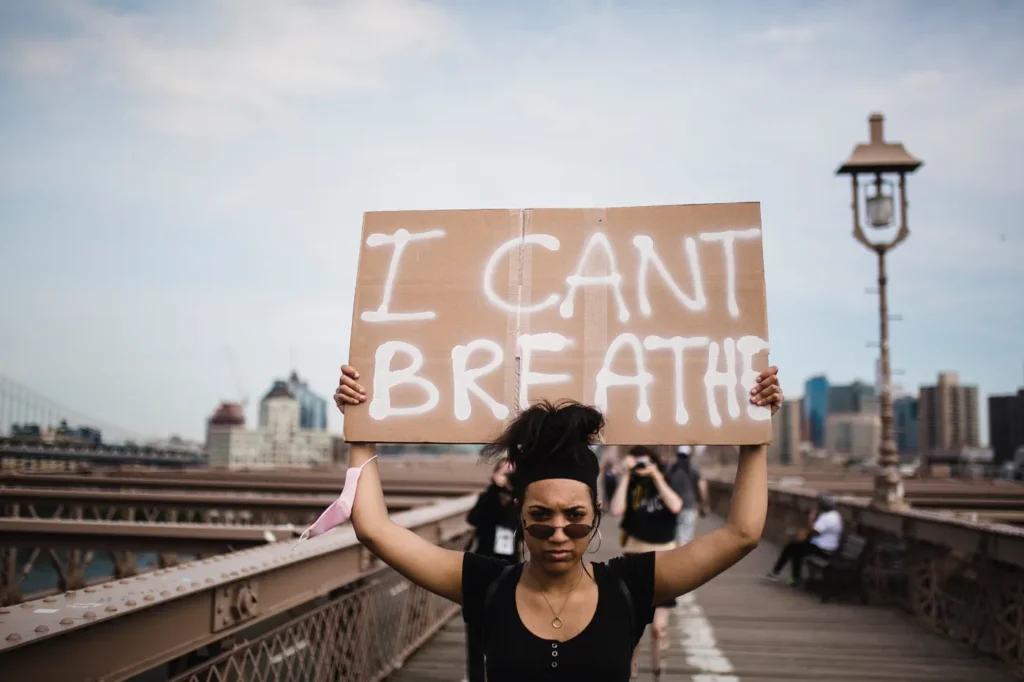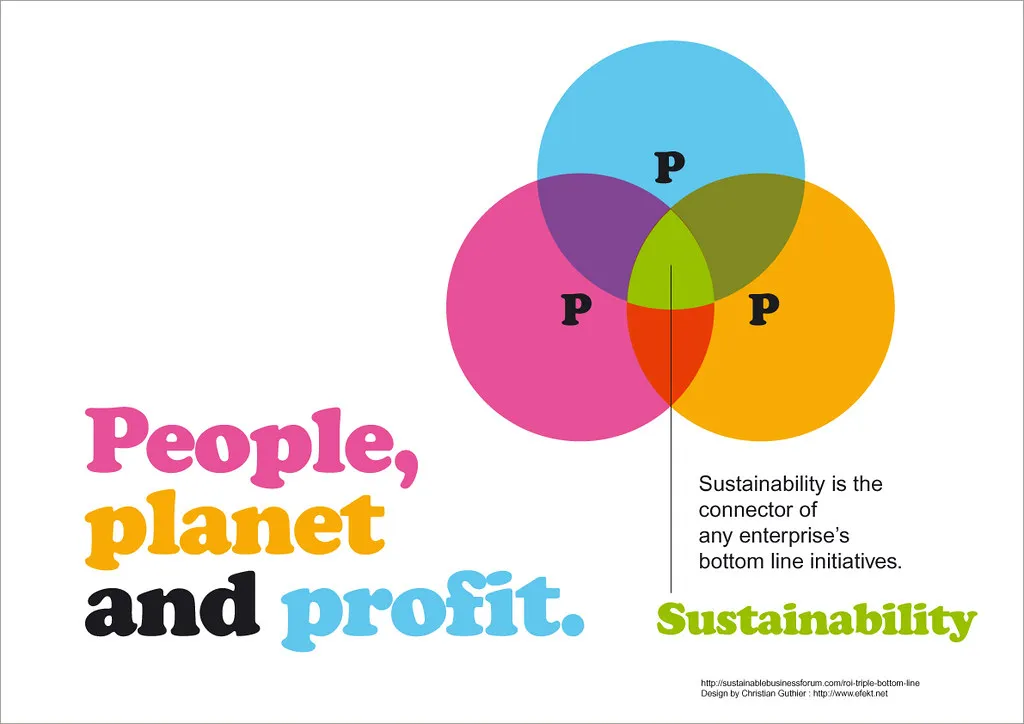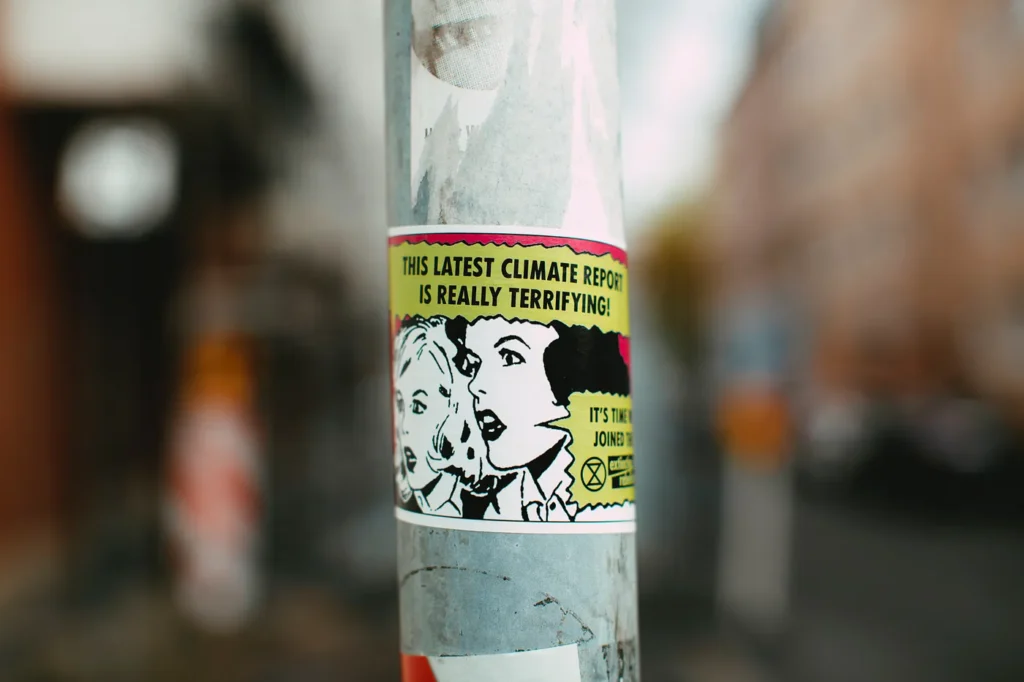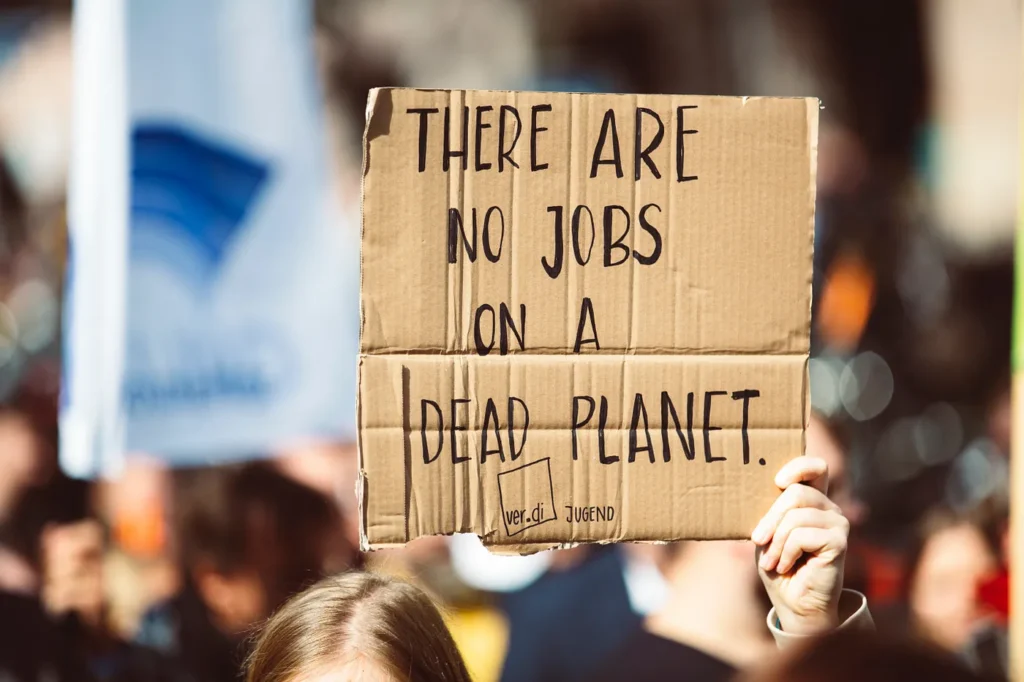Blogs
Carbon credits are tradable ‘points’ that incentivize market-based solutions to emissions reductions. The scheme allows organizations permits to emit a limited amount of greenhouse gases. Polluters exceeding their permitted emissions are thus forced to purchase the credits from developers looking...
The United Nations Sustainable Development Goals (SDGs) lay down the roadmap on how to lead a sustainable and responsible life. These goals could be followed by organisations and individuals alike. Specifically SDGs related to Responsible Consumption (SDG 12), Clean Water...
Fast fashion and greenwashing are two buzzwords that consumers are becoming wary of in recent times. Earth.org describes fast fashion as a highly profitable and exploitative business model that involves inhumane working conditions and irreversible environmental damage. Greenwashing is a...
“What is measured, improves… but when a measure becomes a target, it ceases to be a good measure.” Drucker’s famous quote is a paradoxical dipole to Goodhart’s Law, a seemingly overriding and familiar feature of our existence. How does one...
Introduction — A Historical Perspective to Sustainability Reporting KPMG (2020) (1) review of the sustainability reporting practice shows a sharp rise in the number of companies reporting on their social and environmental performance globally in recent years. In other words,...
Avocado, Quinoa, Millets, Coffee, Turmeric, Coconuts what do all of these have in common? These in addition to a long list of a mix of different foods have lately been tagged as Superfoods. But, why such a pompous tag of...
Fashion can often be a tool used to reinvent, express and create. Unfortunately, this tool meant to uplift one’s confidence to look and feel good inside out significantly contributes to climate change- up to 10 per cent of global carbon...
Time has become a commodity in the modern urban lifestyle. As the cliche statement goes ,’ ‘everyone on the planet has the same number of hours in a time’, you cannot buy time from someone else but you can save...
Animals are dying, glaciers are melting, people in poor countries are suffering without access to food and water because of drought. I understand the effects and consequences of climate change. “What’s in it for me to solve it immediately? Why...
Most of us have had a happy relationship with food, growing up in an environment where you are unintentionally surrounded by a lot of dairy products such as milk, butter, cakes, pastries. As a child you don’t realize where your...
If Fox News were your main source of information on climate change, you would believe that sustainability is the antithesis of industrial and economic development. Intuitively, this makes sense — capitalism is the process of top-down consolidation of controls and...
As humans have evolved over the years, we’ve adapted well to the environment around us. We see humans live in the coldest regions of the planet and we see humans live in the hottest places of the planet as well....
Climate change is the most daunting problem that the entire human species is facing in the current decade. The effects of climate change have only been increasing day after day this year from the forest fires in Australia and Greece,...
Our brain works by transmitting information between nerve cells. Dopamine is a chemical that is secreted between nerve cells and it acts as a neurotransmitter. Our body creates dopamine and our nerve cells use it to communicate between them. Dopamine...

take climate action with us

